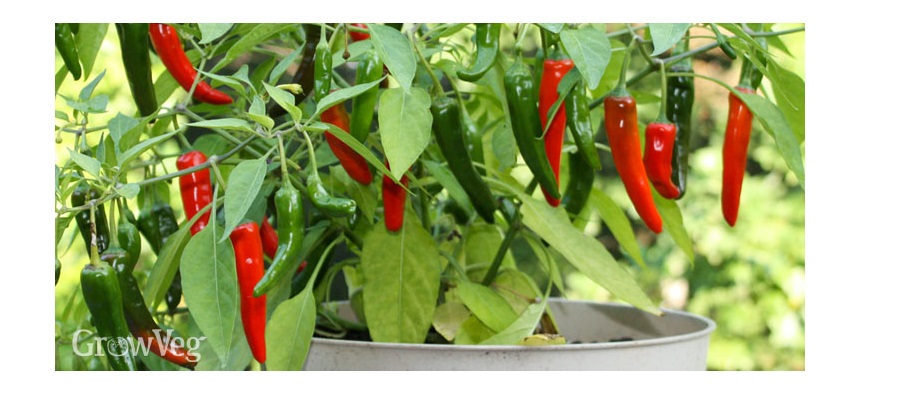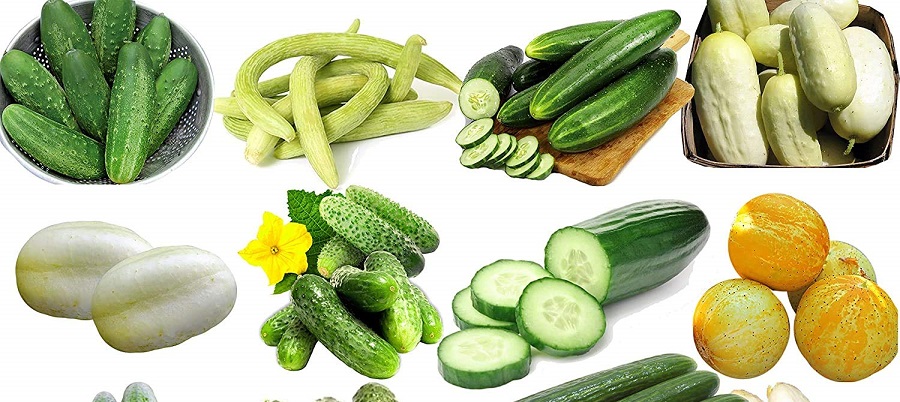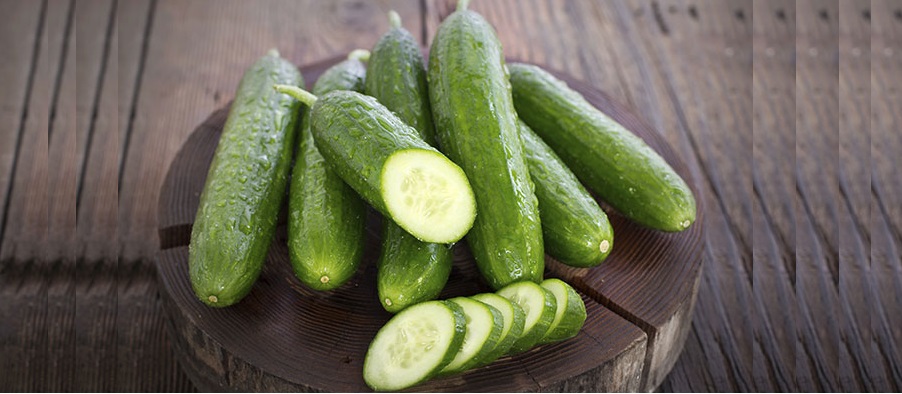What are some key factors to consider when choosing a location to plant peppers in a home garden?
Choosing the right location to plant peppers is important for their growth and development. Here are some key factors to consider:
-
Sunlight: Peppers need at least 6-8 hours of direct sunlight per day. Choose a location in your garden that gets ample sunlight throughout the day.
-
Soil quality: Peppers grow best in well-draining soil that is rich in organic matter. Test the soil pH to ensure it's between 6.2 and 7.0, which is optimal for pepper plants.
-
Temperature: Peppers prefer warm weather and thrive in temperatures between 70°F and 85°F. Avoid planting peppers in areas that are prone to frost or extreme temperature changes.
-
Protection from wind: Peppers have shallow roots and can be easily uprooted by strong winds. Plant them in an area that is protected from strong gusts of wind.
-
Space: Pepper plants need space to grow and spread out. Make sure the area you choose has enough room for each plant to grow to its full size and to allow for proper air circulation.
-
Proximity to other plants: Peppers are often planted with other vegetables, but avoid planting them too close to plants that have similar pests or diseases, as this can increase the likelihood of cross-contamination.
By considering these factors, you can choose the best location to plant your peppers and help ensure a healthy and abundant harvest.
What types of soil are best for growing peppers, and how can you prepare your soil for planting?
Peppers grow best in well-draining soil that is rich in organic matter. Here are some types of soil that are ideal for growing peppers:
-
Loamy soil: This type of soil is a balanced mixture of sand, silt, and clay. It provides good drainage and moisture retention, which is ideal for pepper plants.
-
Sandy soil: Sandy soil has large particles and drains quickly, which can help prevent overwatering and root rot. However, it does not retain moisture well and may require more frequent watering.
-
Clay soil: Clay soil is dense and heavy, which can cause poor drainage and make it difficult for roots to grow. However, if amended with organic matter, it can become a nutrient-rich soil that retains moisture well.
To prepare your soil for planting peppers, follow these steps:
-
Clear the area of any weeds, rocks, or debris.
-
Till or loosen the soil to a depth of at least 6-8 inches, breaking up any large clumps.
-
Amend the soil with compost or well-rotted manure to improve its nutrient content and structure. Mix in a 2-3 inch layer of compost or manure into the top 6-8 inches of soil.
-
Test the soil pH and adjust if necessary. Peppers prefer a pH range of 6.2-7.0.
By preparing your soil properly, you can give your pepper plants the nutrients and drainage they need to grow and thrive.
How often should you water your pepper plants, and what signs should you look for to know when they need watering?
Pepper plants require consistent moisture to grow and produce fruit, but they do not tolerate overwatering or standing water. Here are some guidelines for watering pepper plants:
-
Frequency: Water your pepper plants deeply once or twice a week, depending on the weather and soil moisture. In hot and dry weather, pepper plants may require more frequent watering. Avoid frequent, shallow watering, which can lead to shallow root development and plant stress.
-
Soil moisture: Check the soil moisture by sticking your finger about an inch into the soil. If it feels dry, it's time to water. If it feels moist, wait a day or two before checking again.
-
Signs of stress: If your pepper plants are wilting, it may be a sign that they need water. However, it's important to distinguish between wilting due to lack of water and wilting due to other factors, such as pests or disease. Check the soil moisture and look for other signs of stress, such as yellowing or browning leaves.
-
Watering technique: Water at the base of the plant, avoiding wetting the leaves. This can help prevent disease and fungal issues.
-
Mulch: Use mulch around the base of your pepper plants to help retain moisture in the soil and reduce the need for frequent watering.
By watering your pepper plants appropriately, you can help ensure they stay healthy and produce a bountiful harvest.
What are some common pests and diseases that can affect pepper plants, and how can you prevent or treat them?
Pepper plants are susceptible to various pests and diseases, which can affect their growth and yield. Here are some common pests and diseases that can affect pepper plants, along with prevention and treatment methods:
-
Aphids: These tiny insects suck the sap from the leaves, causing them to curl and wilt. They can be controlled by spraying the plants with a solution of water and dish soap or using insecticidal soap.
-
Spider mites: These tiny pests also feed on the sap of the leaves, causing yellowing and browning. They can be controlled by spraying the plants with water or insecticidal soap.
-
Whiteflies: These insects suck the sap from the leaves and excrete a sticky substance that attracts ants and can lead to fungal growth. They can be controlled with insecticidal soap or by introducing natural predators, such as ladybugs or lacewings.
-
Fusarium wilt: This fungal disease causes the plants to wilt and die. It can be prevented by planting disease-resistant varieties and avoiding planting in soil that has previously been affected by the disease.
-
Phytophthora blight: This fungal disease causes the fruit to rot and the plant to wilt. It can be prevented by planting disease-resistant varieties and avoiding overwatering or standing water.
-
Bacterial spot: This bacterial disease causes dark spots on the leaves and fruit. It can be prevented by planting disease-resistant varieties, avoiding overhead watering, and removing infected plants.
-
Blossom end rot: This condition causes the bottom of the fruit to rot due to a calcium deficiency. It can be prevented by maintaining consistent moisture levels and adding calcium to the soil.
Regularly inspecting your pepper plants and taking preventative measures can help you catch and control pests and diseases before they cause significant damage.
When is the best time to plant pepper seeds, and how can you ensure that they germinate successfully?
The best time to plant pepper seeds depends on your climate and the variety of pepper you are growing. In general, pepper seeds should be started indoors 8-10 weeks before the last expected frost in your area. This will give the plants enough time to grow and develop before they are transplanted outdoors.
Here are some tips for ensuring successful pepper seed germination:
-
Start with fresh seeds: Use high-quality seeds from a reputable source to ensure that they are viable and disease-free.
-
Choose a good seed starting mix: Use a sterile, well-draining seed starting mix to avoid soil-borne diseases and provide the seeds with the proper growing conditions.
-
Provide warmth and light: Pepper seeds require warm temperatures and adequate light to germinate. Keep the seeds at a consistent temperature of around 75-80°F (24-27°C) and provide them with 12-16 hours of light per day using grow lights or natural sunlight.
-
Keep the soil moist: Pepper seeds need consistent moisture to germinate, but they should not be overwatered or allowed to dry out completely. Water the seeds regularly, keeping the soil moist but not waterlogged.
-
Thin the seedlings: Once the seeds have germinated and the seedlings have emerged, thin them out to one plant per cell or container to avoid overcrowding and competition for resources.
By following these tips, you can help ensure that your pepper seeds germinate successfully and grow into healthy, productive plants.
How can you tell when your peppers are ready to harvest, and what is the best way to pick them?
Knowing when to harvest your peppers is crucial to getting the best flavor and quality out of your crop. Here are some tips on how to tell when your peppers are ready to be picked and the best way to harvest them:
-
Observe the color: Peppers will change color as they mature. Depending on the variety, they may start out green and turn yellow, orange, red, or other colors. When the pepper reaches its mature color, it's a good sign that it's ready to be harvested.
-
Check the size and firmness: Peppers should be full-sized and firm to the touch. If the pepper is small or soft, it may not be fully ripe.
-
Give it a gentle tug: If the pepper comes off the plant easily with a gentle tug, it's likely ready to be picked. If it doesn't come off easily, give it a few more days to ripen.
-
Use shears or a sharp knife: To avoid damaging the plant, use sharp shears or a knife to cut the pepper from the stem. Cut it close to the stem without damaging the plant.
-
Handle with care: Peppers are delicate and can bruise easily, so handle them carefully when harvesting. Place them gently in a basket or container to avoid bruising or crushing.
It's important to harvest peppers at the right time to ensure the best flavor and quality. By observing the color, size, and firmness of the peppers and using the right harvesting technique, you can ensure a bountiful and flavorful harvest.
What are some common mistakes that beginners make when growing peppers, and how can you avoid them?
Here are some common mistakes that beginners make when growing peppers and how to avoid them:
-
Overwatering or underwatering: Peppers need consistent moisture but not too much or too little water. Overwatering can lead to root rot, while underwatering can cause stress to the plant. To avoid this, make sure to water the plant when the top inch of soil is dry and use a well-draining soil mix.
-
Planting in the wrong location: Peppers need plenty of sunlight and warm temperatures to thrive. Planting them in a shady or cool location can stunt their growth and reduce their yield. Make sure to choose a sunny spot with well-draining soil.
-
Planting too close together: Planting peppers too close together can lead to overcrowding, competition for resources, and increased risk of disease. Space them out according to their mature size and the recommended planting distance.
-
Not fertilizing properly: Peppers need regular fertilization to grow and produce fruit. Use a balanced fertilizer that's high in nitrogen during the vegetative stage and switch to a fertilizer that's high in phosphorus and potassium during the flowering and fruiting stage.
-
Not pruning or pinching back: Pruning or pinching back the top of the plant can encourage bushier growth and increase the yield of peppers. Failure to do so can result in a tall, leggy plant with fewer peppers.
By avoiding these common mistakes and following best practices for growing peppers, beginners can enjoy a successful and bountiful harvest.
What are some creative ways to use your pepper harvest in the kitchen, beyond simply adding them to recipes?
Peppers are a versatile vegetable that can be used in many ways beyond simply adding them to recipes. Here are some creative ways to use your pepper harvest in the kitchen:
-
Make pepper jelly: Pepper jelly is a delicious and versatile condiment that can be used as a glaze for meat, a topping for crackers or cheese, or as a dip for vegetables. Try making it with jalapenos, habaneros, or other hot peppers.
-
Dry or smoke your peppers: Drying or smoking your peppers can add depth of flavor and make them last longer. Try using a dehydrator or smoker to dry or smoke your peppers, then use them in recipes or grind them into a spice blend.
-
Make pepper-infused oil: Infusing oil with peppers can add a spicy kick to any dish. Simply add sliced or chopped peppers to a jar of oil and let it sit for a few days to infuse the flavor.
-
Ferment your peppers: Fermented peppers can add a tangy and spicy flavor to dishes. Try making fermented hot sauce or pickled peppers using your harvested peppers.
-
Make a pepper-based cocktail: Peppers can be used to add a spicy kick to cocktails. Try muddling peppers with lime and cilantro to make a spicy margarita, or adding sliced peppers to a bloody mary.
These are just a few creative ways to use your pepper harvest in the kitchen. With a little creativity, you can make the most out of your harvest and add delicious and unique flavors to your meals.
What are some different types of peppers that beginners might want to try growing, and how do they differ in terms of flavor and heat level?
There are many different types of peppers that beginners might want to try growing, each with their unique flavor and heat level. Here are a few examples:
-
Bell peppers: Bell peppers are mild and sweet, with a crunchy texture that makes them great for raw salads, stir-fries, and roasting.
-
Jalapenos: Jalapenos are a medium-spicy pepper that's great for adding heat to dishes like salsa, nachos, and chili. They have a slightly sweet and smoky flavor.
-
Banana peppers: Banana peppers are mild and sweet, with a tangy flavor that's great for pickling or stuffing.
-
Poblano peppers: Poblano peppers are a medium-spicy pepper that's great for roasting or stuffing. They have a smoky, earthy flavor.
-
Habaneros: Habaneros are a very spicy pepper that's great for adding heat to dishes like hot sauces, marinades, and rubs. They have a fruity, floral flavor.
-
Cayenne peppers: Cayenne peppers are a hot pepper that's great for adding spice to dishes like curries, soups, and stews. They have a bright, slightly bitter flavor.
When choosing which peppers to grow, it's important to consider the heat level and flavor profile. Beginners may want to start with milder peppers like bell peppers and banana peppers before moving on to spicier varieties like jalapenos, habaneros, and cayenne peppers. It's also important to consider the growing conditions and requirements for each type of pepper, such as soil type, sunlight, and watering needs.
How can growing peppers at home be a rewarding and enjoyable experience for beginners, even if they have limited gardening experience?
Growing peppers at home can be a rewarding and enjoyable experience for beginners, even if they have limited gardening experience. Here are a few reasons why:
-
Peppers are relatively easy to grow: Compared to other crops, peppers are relatively low maintenance and easy to grow. They don't require a lot of space, and with proper care and attention, they can produce a bountiful harvest.
-
Peppers come in a variety of colors, shapes, and flavors: Peppers are a colorful and diverse vegetable that come in many different shapes, sizes, and colors. This variety can make growing and harvesting them a fun and interesting experience.
-
Peppers can be used in a variety of recipes: Peppers are a versatile vegetable that can be used in a variety of recipes, from salads and stir-fries to hot sauces and pickles. This versatility can make harvesting and using your peppers in the kitchen a fun and creative experience.
-
Growing peppers can be a great way to connect with nature: Gardening is a great way to connect with nature and experience the joy of watching plants grow and thrive. Growing peppers can give beginners a sense of accomplishment and pride in their ability to nurture and care for a living thing.
-
Peppers can be grown in containers: Peppers can be grown in containers, which makes them a great option for beginners who may have limited space or outdoor gardening experience. Container gardening can be a fun and manageable way to start growing your own vegetables at home.
Overall, growing peppers at home can be a rewarding and enjoyable experience for beginners, even if they have limited gardening experience. With a little patience, care, and attention, beginners can successfully grow their own peppers and enjoy the many benefits that come with it.


